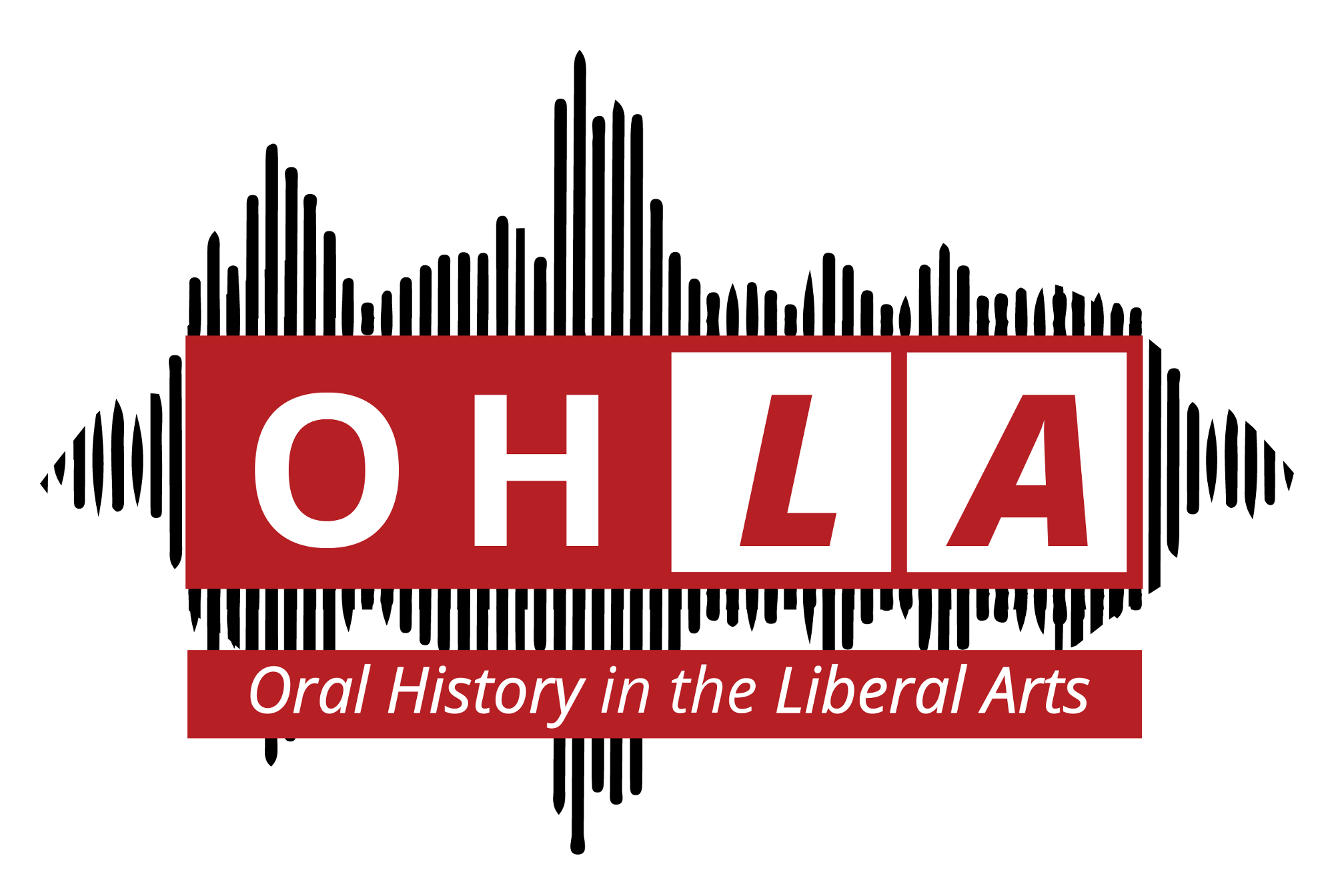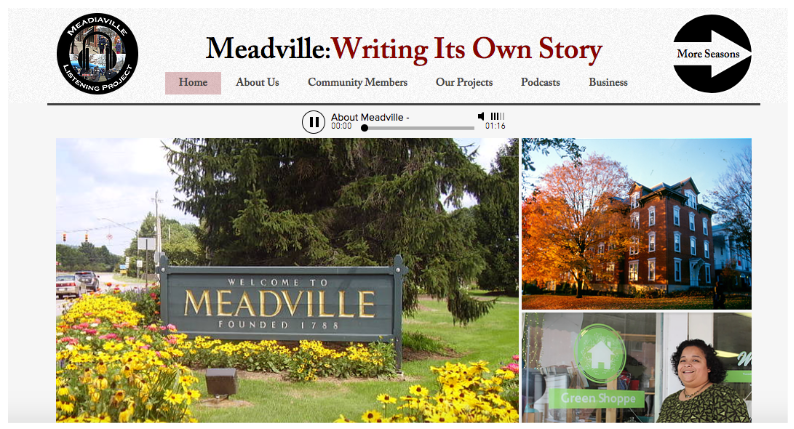Meadiaville was a fully collaborative, student-driven classroom project, as I’ve detailed in other blog posts. Throughout the semester, I encourage students to think about how they can contribute to the collective effort of the project and to let go of the sovereignty of their individual work. Though they’ve done group projects before, they continue to think of these projects as a collection of individual contributions, rather than collective and collaborative work. In practice, this means that it is difficult to get students to work on each other’s work: to edit other students’ words, to offer deep and constructive feedback, to throw their hands into the collective dough and transform it together. And at the end of the day, I am still required to assess them as individuals, and I want to do this fairly. So, how to proceed?
First, we use at least 50% of the semester to talk together about the project during class. Students gather in roundtables to share ideas and updates and to offer one another feedback on these ideas. I try to take a step back, ask them what they think about ideas, and leave my own ego out of it. My job is to push them to weigh in, rather than weighing in myself.
Second, we live in Google Drive. Together with my teaching assistants, I set up an extensive Drive that includes folders for interviews (including sound files and transcripts), soundscapes, photos, website materials, consent forms, event planning, and more. Students are required to use strict file naming protocols and upload all of their contributions into the appropriate folders. The materials consequently become the property of the entire research collective (that is, the class), and everyone in the classroom may use those materials as they see fit for the project. The Drive also includes a folder for Research Dossiers. In this folder, each student curates and maintains an individual dossier that includes copies of all of the work they have produced for the class (i.e., all of their sound files, transcripts, photographs, and more). I can thus easily check in on an individual student’s contributions by looking through their dossier. This system has allowed us to neatly traverse the individual/collective tension throughout the semester.
One caveat: if we use a traditional drive folder, the students maintain ownership of all of the files, and at my institution, they lose access to these files one year after they graduate. This means that we also lose access to the files. Because the transcripts, sound files, and more might be useful to future research, I require students to transfer all ownership to me before I issue a grade. Team Drives eliminate this problem, because ownership of files belongs to the team, rather than the individual. In the future, I will be requesting a team drive for the class.





Jan Cooper | January 8, 2020
|
The details you included here were really helpful to me, as I’m starting to work on a much shorter but student-driven project. Thanks!